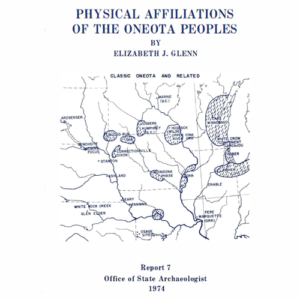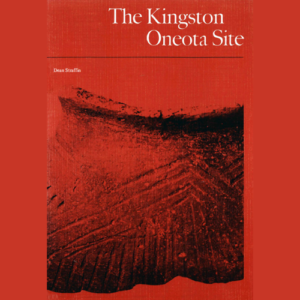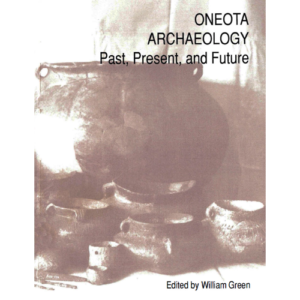This purchase includes one hardcopy book (shipping fees apply) and access to a digital PDF download.
Edited by William Green
1994, 188 pp.
This book contains eight chapters which address ancient agriculture in the Midwest and Midsouth. The chapters discuss both the archaeological recovery of seeds and other physical remains of crops and the history of native agricultural systems.
The book’s chapters cover ancient plant use in the upper and central Mississippi valley, Illinois, and the Ozark and Kentucky highlands. Chapters also discuss the history of research on ancient agriculture as well as the utility of this knowledge for modern agroecological research.
New discoveries show that plant cultivation began as early as 3000-4000 years ago in many regions of eastern North America. Early domestication focused on native plants which produce highly nutritious starchy or oily seeds: goosefoot, maygrass, little barley, knotweed, marshelder, and sunflower. Gourds and tobacco also were important ancient crops. Corn and beans were latecomers from Mexico or the Southwest and were not important in the Midwest until about 1000 years ago.
Heightened awareness of ancient Midwestern crops fosters a greater appreciation for the long-term development of Indian agricultural systems. Many of the native crops are now ignored – or even extinct – but they illustrate the success of native agriculture over an extremely long time span. At a time when farmers are seeking new ideas on agricultural diversity and sustainability, the advances in knowledge of native plant use reported in this book expand options for research and experimentation.
The book’s editor, William Green, was director of the University of Iowa’s Office of the State Archaeologist and is now the director of the Logan Museum at Beloit College, in Beloit, Wisconsin. The ten other chapter authors include researchers at universities in Illinois, Missouri, North Carolina, Ohio, and Wisconsin.
“Includes chapters by many of the scholars who have been at the forefront of paleoethnobotanicalresearch. . . . All are well written and form a cohesive group. . . . This book provides a good overview of the evidence from the main areas, written by some of the key contributors.”
C. Wesley Cowan, American Anthropologist
“An excellent collection of papers that are well written, easy to read, and informative. . . . The papers in this volume. . . represent fine research by some of the best and most creative researchers currently working in the midcontinent.”
Frances B. King, Southeastern Archaeology
“A good synthesis of our current knowledge of the changing relationships between native peoples and plants in the midcontinent. . . . I would recommend this book for anyone who is interested in the origins of North American agricultures, or in the prehistory of the midcontinent. ”
Russell Boulding, Journal of Ethnobiology




